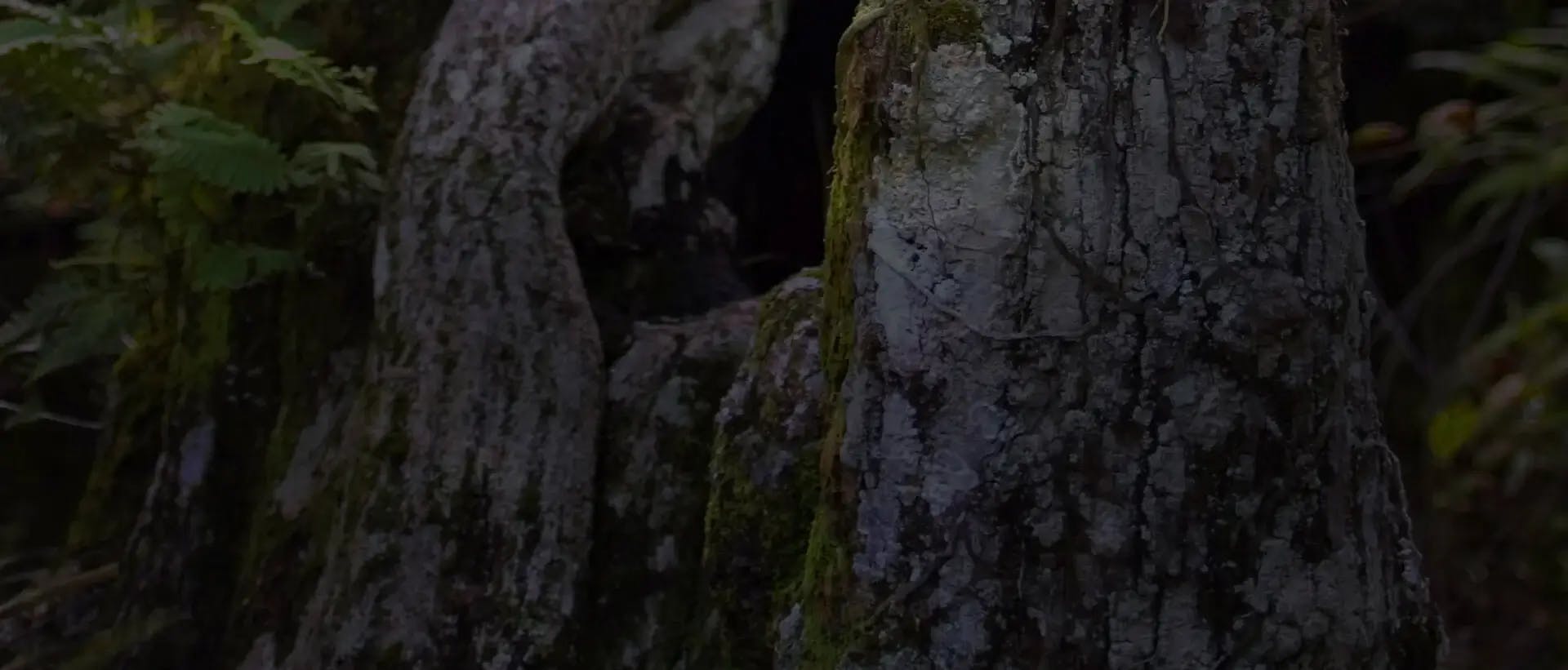Finding
SITF confirms this plant as Corybas ecarinatus (May 2025). The plant is a close match to Corybas ecarinatus in the on-line Website, Corybas Photo Gallery by Roger Van Vugt. The leaf form and pattern is a match to C. ecarinatus. Supporting photos can be found in the OW, IOSPE and the orchidroots.com.
Overall Length Of Growth Cane: 1.2 cm
Number Of Leaves Per Growth Or Cane: one
Leaf Length: 1.2 cm
Leaf Width: 1.2 cm
Leaf Margin: entire
Leaf Shape: heart shaped
Leaf Petiole Length: 0.3 cm
Pseudobulb Distance: buried tuberoid
Inflorescence Overall Length: 1.1 cm
Inflorescence Arrangement: single
Inflorescence Dist Base To Bud: 0.3
Inflorescence Dist To Sepal: pedicel 0.1 cm
Floral Bracts Length: 0.2 cm
Floral Bracts Width: 0.1 cm
Ovary Length: 0.2 cm
Ovary Width: 0.1 cm
Ovary Shape: conical
Ovary Color: white
Ovary Texture: ridged
Flower Natural Spread Length: 0.9 cm
Flower Natural Spread Width: 0.6 cm
Dorsal Sepal Length: 0.8 cm
Dorsal Sepal Width: 0.3 cm
Lateral Sepals Length: 0.4 cm
Lateral Sepals Width: 0.2 cm
Petals Length: 0.6 cm
Judging Center: Northeast
Award Number: 20244901
Award Date: November 16, 2024
Awarded As: CBR
One charming full flower on one 0.2-cm inflorescence nestled on top of a small terrestrial plant with three growths cultivated in sphagnum moss in a 7x5.5-cm round plastic pot; each growth has one 1.2 cm wide broadly ovate forest green, veined silver sessile leaf;dorsal sepal triangular, hooded, white; lateral sepals filamentous, out-stretched horizontally, blushed pink; petals filamentous, white overlaid pink, out-stretched downwards; lip conical, tubular, dentate, white, radially striped ruby red extending to reverse; carmine centrally, substance thin; texture diamond dust; native to Thailand.























